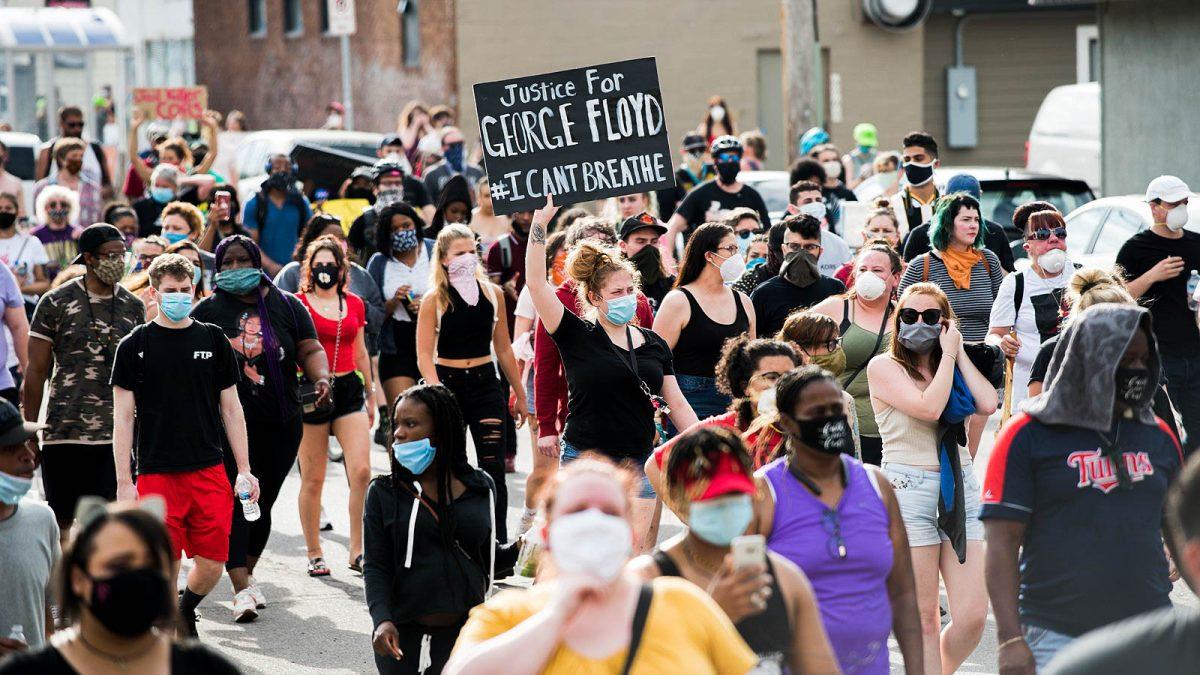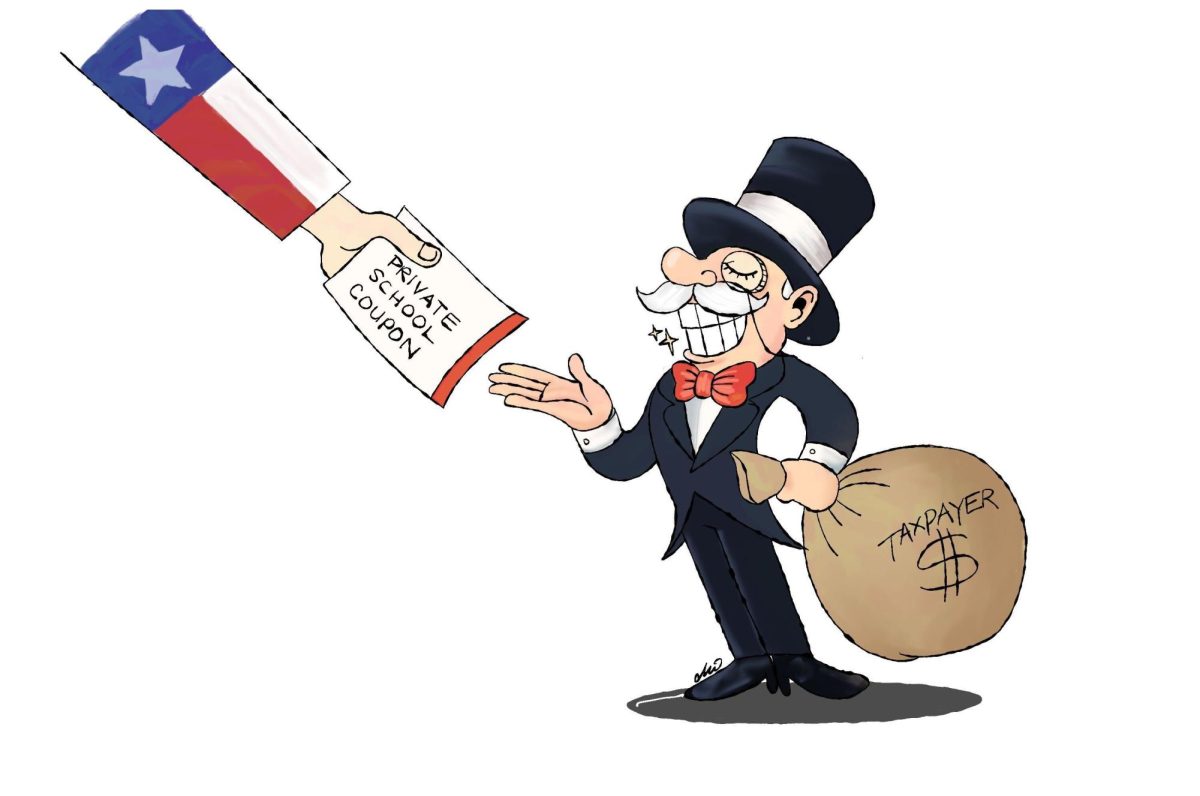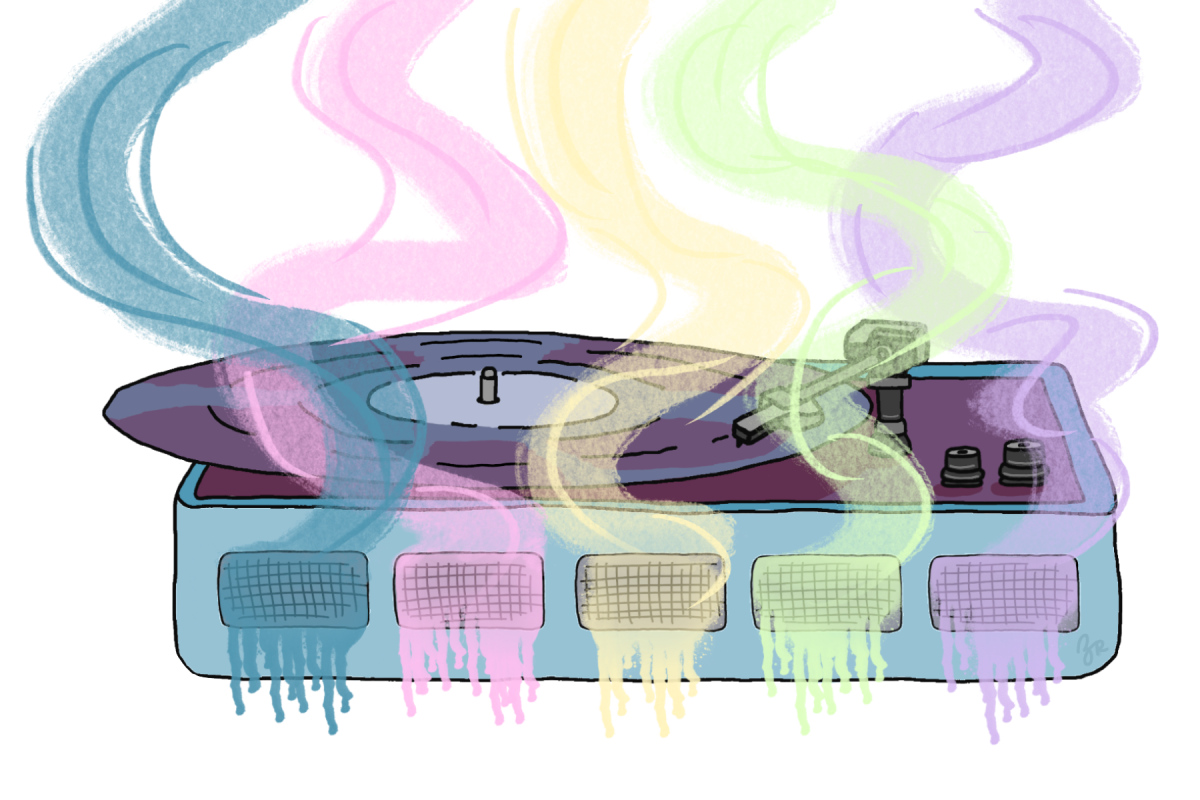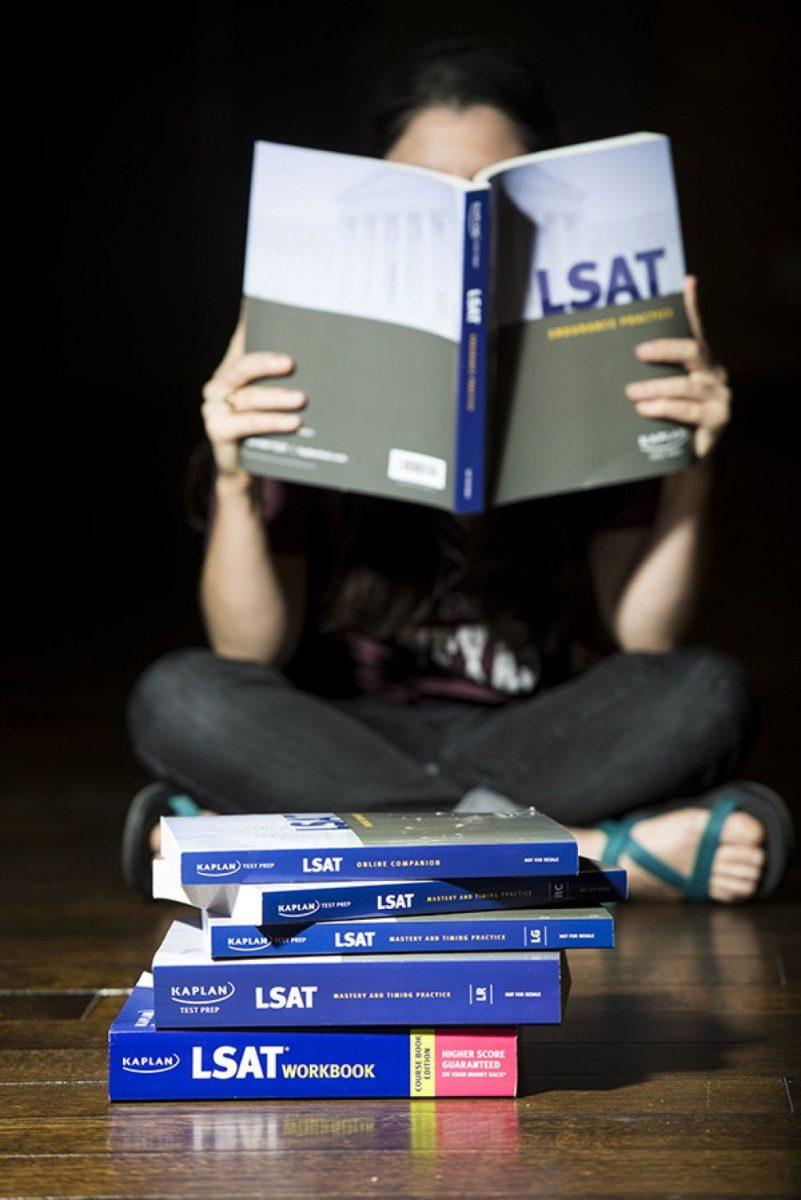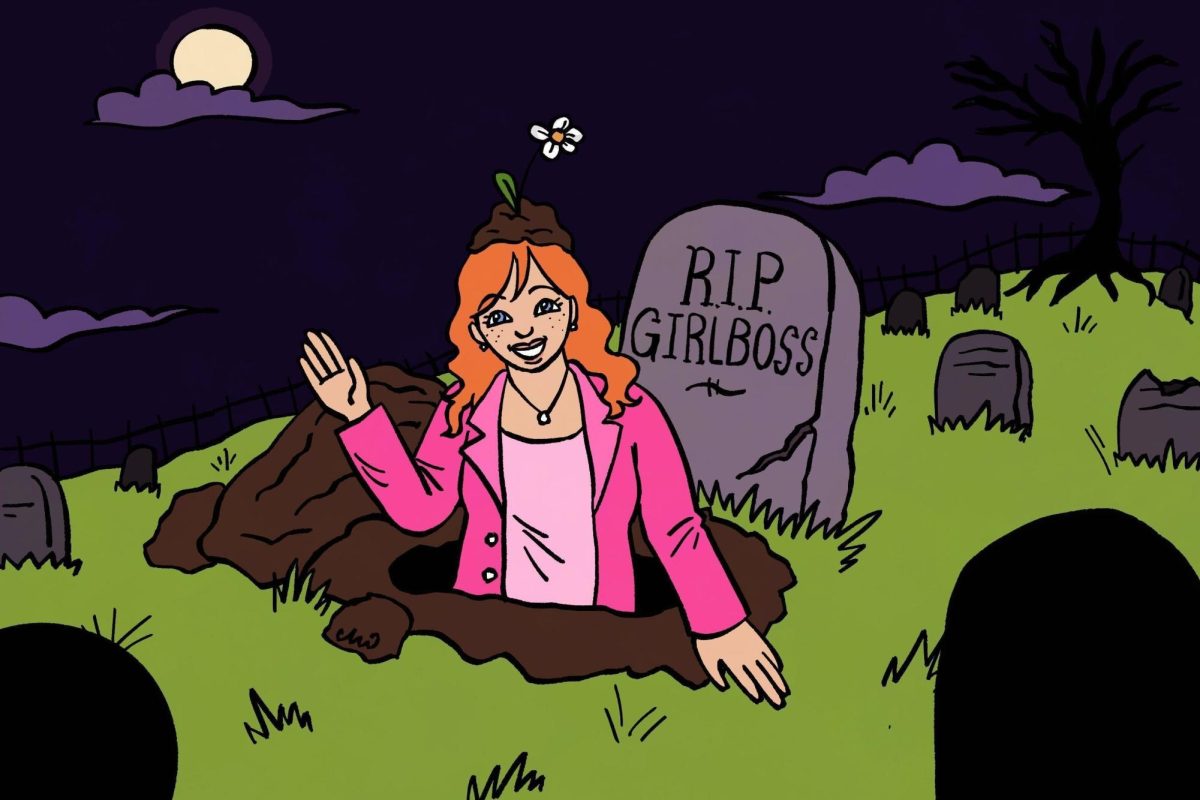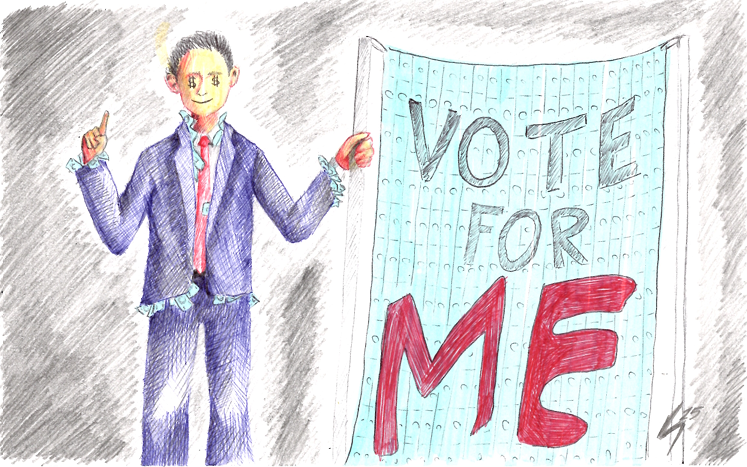Buildings burn while protesters and riot police clash. The smell of tear gas fills the air and the echoes of rubber bullets break the silence.
If you had described this scene to someone seven months ago, they would have assumed you were reading from a bad dystopian young adult fiction novel. But for over 100 days this cliche has been reality in major cities across the U.S. and around the world. It seems since George Floyd was killed by excessive police violence, the world has been racked by social unrest after social unrest.
These demonstrations are in large part due to the unusual situation we are in in world history. Unemployment is the highest it’s been since the Great Depression, and all the world is in a constant state of fear due to COVID-19. We are seeing unprecedented levels of terror by the American government against its own people. Swept up by federal police, young protesters have been kidnapped in unmarked vans and taken to undisclosed locations in actions that make for a conspiracy theorist’s dream.
Unethical practices and hostile reactions by the police have created a self-perpetuating cycle of frustration and unrest. Protesters respond with outrage and more protests, causing continued confrontation between police and protesters. Right now we are in a perfect storm where almost anything that could have gone wrong, has gone wrong. All of the economic, social and political tensions of the past few decades have ripened, and people all over the world are just angry and tired of things never seeming to change.
Protesting at the level we’re seeing today is often a last resort for the many desperate people needing to be heard. Historical and current examples have shown us that when those in power refuse to listen to those they represent, sometimes a show of force has been the only thing to make people pay attention. Never in my lifetime did I think I would hear of a major city in America willingly consider disbanding its own police department. But after Minneapolis’ third precinct was burned down by protesters near the beginning of the George Floyd protests, the message came across loud and clear that the people of Minneapolis were dead serious and they were determined to not be ignored.
This constant state of unrest is something felt by all Americans and people all over the world. For over 100 consecutive days in Portland, Seattle, Chicago, D.C. and other major cities, protesters and police have clashed. Fighting in opposition of racial injustice and police brutality, people have been marching to speak out against the deaths of George Floyd, Breonna Taylor and the countless others unjustly killed by police, often with little to no action taken to hold the officers accountable or prevent future tragedies.
In Belarus, protests erupted in August over President Lukashenko’s sixth consecutive election win. Dubbed “Europe’s last dictator,” Lukashenko has been in power since the founding of Belarus in 1990.
The yellow vest protesters of France have returned with a vengeance. First appearing in 2018 as a result of an increase in fuel prices, the yellow vests were able to secure an $11 billion aid package for the poor through what would be considered riots and extreme measures by many.
In Greece, new legislation meant to curb public protests has ironically been met with mass protests. Some armed with homemade gasoline bombs, as many as 10,000 people gathered in Athens to protest the government’s decision. More protests have also taken place as a result of extremely overcrowded migrant and refugee camps after a fire on the island of Lesbos.
Protests have broken out across Latin America as well, with demonstrations against corruption, for adequate aid amidst lockdown and the cancellation of university tuition fees to name a few examples.
The world is in a state of chaos and panic in the wake of COVID-19 and a Pandora’s box of social and economic tensions that have been fully opened. But interestingly, there is at least a precedent for this sort of thing. During the Spanish Flu pandemic there was also great unrest and pandemonium. In the summer of 1919, also known as the Red Summer there were several weeks of continuous “race riots” in Connecticut.
Protests have always acted as a reflection of the times, bringing attention to issues that have been on the forefront of social thought, though often ignored by the establishment. Protests allow people to voice their opinions in a greater capacity than what they typically get in day-to-day life, and I for one am appreciative of protesters standing up for what’s right. Much of the greatest social change we saw through the 20th century has come as a result of protest. The Civil Rights and Suffrage Movements in the United States, India’s independence movement and others were made possible due to protests which were often dismissed in their times as being violent, divisive and perpetrated by outsiders. We can only hope out of these stressful times we’ll see similar progress and maybe even resolutions to some of the issues we’re facing today.
Zach Freeman is an anthropology sophomore and opinion writer for The Battalion.




